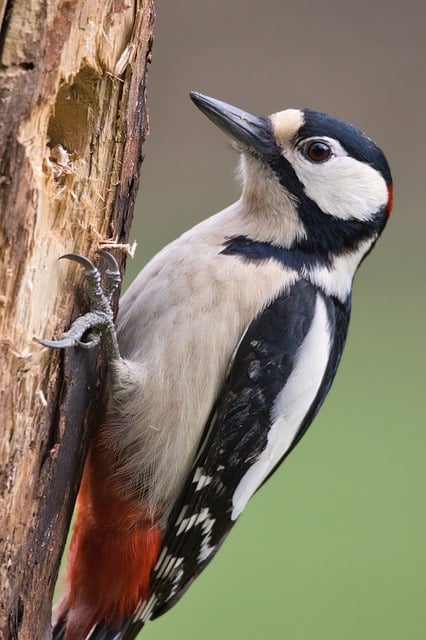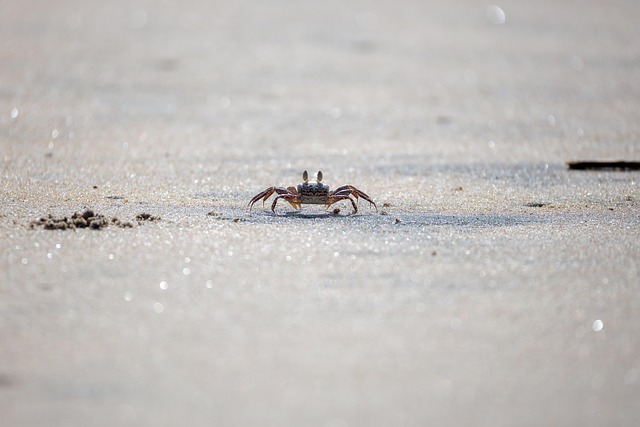Wildlife control licenses empower professionals to manage animal populations ethically in residential areas like Centennial, ensuring human safety and ecological balance. Homeowners can learn to identify animal tracks, aiding responsible wildlife management and conservation efforts. Licensed teams in Centennial expertly trap problem animals using non-lethal methods while adhering to strict safety protocols, fostering a harmonious relationship between humans and nature.
“Wildlife control licenses are crucial tools for responsible trapping practices, ensuring safe and effective management of feral animals. This article explores the intricate world of trapping teams and their expertise in wildlife control. From understanding license regulations to mastering the art of identifying animal tracks in your Centennial yard, we provide a comprehensive guide. Learn how specialized teams navigate challenges, prioritizing safety and minimizing environmental impact while addressing wildlife issues. Get ready to uncover the secrets of successful wildlife management.”
- Understanding Wildlife Control Licenses and Their Role in Trapping
- The Art of Identifying Animal Tracks: A Centennial Yard Guide
- Trapling Teams: Expertise, Safety, and Effective Wildlife Management
Understanding Wildlife Control Licenses and Their Role in Trapping

Wildlife control licenses are crucial permits that authorize individuals or specialized teams to engage in controlled trapping and removal of animals considered a nuisance or threat. These licenses play a significant role in managing wildlife populations, especially in residential areas like Centennial, where identifying animal tracks in your yard might indicate an overpopulation issue. By obtaining the necessary permissions, licensed professionals ensure their methods adhere to local and regional regulations, promoting ethical handling of wild animals.
When dealing with potential wildlife intrusions, such as identifying tracks in your Centennial yard, it’s essential to recognize that not all animals pose immediate risks. Licenses grant authorized trappers the tools and knowledge to differentiate between problematic species and those that can be safely coexisted with. This balanced approach helps maintain a harmonious ecosystem while addressing specific concerns, ensuring both human safety and animal welfare.
The Art of Identifying Animal Tracks: A Centennial Yard Guide

In the vast and varied landscape of a Centennial yard, understanding the art of identifying animal tracks can be both intriguing and practical. It’s an age-old skill that allows homeowners to decipher the secret language left behind by their furry neighbors. By recognizing distinct paw prints, one can gain valuable insights into the types of wildlife roaming their property, their habits, and even their general health. This ancient art is as relevant today as it was for early settlers navigating unfamiliar territories.
Learning to identify animal tracks is more accessible than ever with various resources available online and in local communities. For instance, many Centennial yard enthusiasts find value in community workshops that teach them the subtle differences between, say, a rabbit’s hopping imprint versus a fox’s stealthy stride. Armed with this knowledge, homeowners can not only appreciate the wild visitors to their yards but also play a crucial role in responsible wildlife control and conservation efforts, ensuring a harmonious coexistence within their Centennial oasis.
Trapling Teams: Expertise, Safety, and Effective Wildlife Management

Wildlife trapping teams, often comprising licensed professionals, are experts in identifying animal tracks and signs in various environments, including residential areas like your Centennial yard. Their meticulous training enables them to understand the unique behaviors and patterns of diverse species, ensuring safe and effective wildlife management. With a deep knowledge of local fauna, these teams employ advanced techniques to humanely trap problem animals, such as squirrels or raccoons, while minimizing disruption to the surrounding ecosystem.
Safety is paramount in wildlife control. Trained personnel follow strict protocols to safeguard both humans and wildlife during the trapping process. They use specialized equipment and non-lethal methods whenever possible, adhering to ethical standards and legal requirements. This approach not only ensures the well-being of trapped animals but also prevents potential hazards associated with wild creatures on your property, including damage to structures or transmission of diseases.
Wildlife control licenses equip trapping teams with the necessary expertise and safety protocols to effectively manage fauna populations. Understanding how to identify animal tracks, particularly in your Centennial yard, is a crucial component of this process. By combining knowledge from licensed professionals with practical guides like this one, homeowners can safely and humanely navigate wildlife encounters while preserving their property and enjoying the rich tapestry of local biodiversity.
